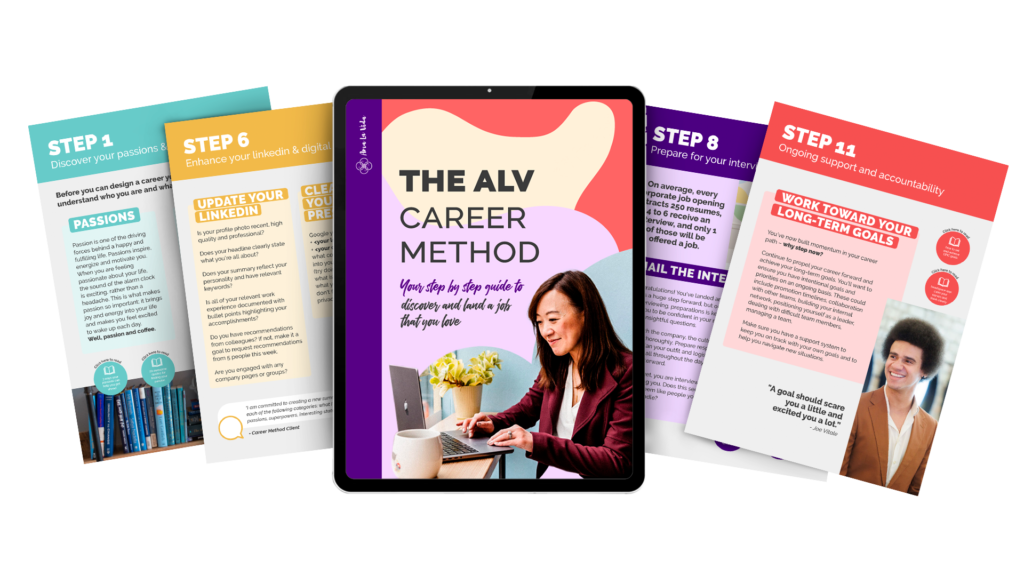How To Write A Successful Letter Of Interest

So, you’re ready to move on to the next chapter of your life and start working somewhere new? Great, but you need to make your future employer realize you’re interested. How? Writing a letter of interest is a sure-fire way to show them why you want to work for them, but more importantly why they want you. So how do you do it?
Do Your Research
You can’t just send the same letter of interest to every company and expect a response. The internet has made the first step easy, so there’s no excuse not to research the company. This way you’re able to find out what they want and how you fit the role.
This also lets you know how they operate. Are they laid back or serious? Knowing this lets you make your letter of interest tailored towards their style and show them you’re already a good fit.
Why You?
Just because you know a bit about their marketing and style doesn’t mean you’re a good fit. So, show them. The point of a letter of interest is to make them interested in you. The key is to make it broad and related to the company.
“They don’t want to know that you’re good at marketing. They want to know you can’t wait to help them develop a new marketing strategy to help them break into a new market. Your cover letter is for being precise. Tell them your ideas for the company and what you want to help them with,” says Anna Felic, a career writer at AustralianReviewer and Essay Services.
Scrutinize the company’s online presence, of course, to fully understand their mission and their values before beginning. But when you write, showcase how your experience and qualifications match to this set of values, and to the role’s job description. Give as much detail as you like, like anecdotes from your life about experiences with the company.

Structure
So how do you write it? First of all, introduce yourself. After all, if you turned up to an interview without saying hello or telling them your name, you’d leave a bad impression.
Since you have researched your company, you’ll be able to tell if you should start with a less formal ‘Hi blank’ or ‘Hello blank’. But be sure to address the hirer or recruiter, if this is possible. You could even add some contact information here, though this could go at the end, too.
For example:
Hello blank,
My name is John Doe, a finance director in Chicago. I’m writing because I know we could both benefit from working together.
So, you’ve introduced yourself. Now what? Get their attention. Make them realise you know what you’re talking about, that you’re fully qualified, and they need to take you seriously. Tell them you love their business and their ideas, but you know how to make it even better.
“Show your value. What have you done that will make them want to hire you? Maybe you at your current job how you introduced a new account system that saved the company thousands. Or maybe you helped a new business develop a stable market base. They need to see proof that you’re all you say you are,” suggests Oliver Adams, a business blogger at Assignment Services and Dissertation Help.
So now you’ve written your letter, how do you end it? Like before, imagine finishing a job interview and just walking out after the last question. It would be rude to not say goodbye. Not only do you need to say goodbye you need to give them a reason to follow up and appreciate the time they spent reading it.
For example:
Thank you for taking the time to read this as I know how valuable your time is. When you have some time, I would love to talk about how we can work to improve your company as well as the open role of the finance director.
All the best,
John Doe.
You can even use this conclusion space to clarify work history gaps, or a time when you changed career.
Your letter shouldn’t make the hiring manager feel like they’re reading your novel.
Keep it short – but hit them hard. You shouldn’t need pages and pages to show them that you’re the right fit. Just cover your relevant previous experience, maybe elaborating upon unusual job experience. But one-page max, or the hirer may not read your letter.
When you’ve completely finished writing your letter of interest, now’s the time to check it for errors. Not just spelling mistakes and grammar, but also potential mistakes with the hirer’s, company’s and even job role’s name. If you’re applying to many jobs, these are easy mistakes to make, but are costly.
As above, though you might be tempted to re-use your perfect specimen, copying and pasting your letter easily leads to mistakes like addressing the wrong person, or applying to a slightly different job role. So, it’s much better to write out a new letter from scratch for each job. Target it using what you know of the company’s ethos, and the job description.

Sending the Letter
So, you’ve written the perfect letter of interest. Where do you send it? You might have to call the company to find out. It’s best to send it straight to where it has to go.
When you call say, “I’m interested in the employment opportunity in your [department]. Can you tell me the name of the person in charge of hiring and the best ways to contact them?”
By reaching out directly you’re showing your drive to get the job. Going through a recruiter is the same as applying online. A hiring manager is more likely to remember the person who emails them directly rather than someone who filled in boxes online.








